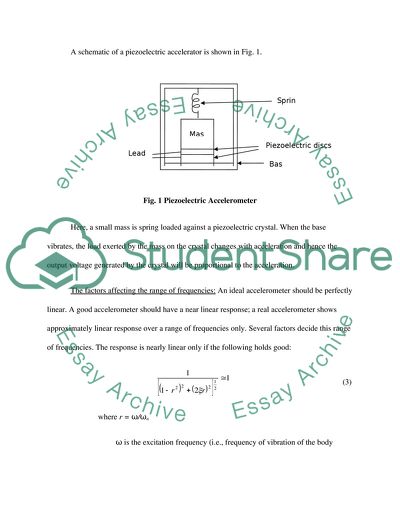Cite this document
(Piezoelectric Accelerometer Assignment Example | Topics and Well Written Essays - 1500 words, n.d.)
Piezoelectric Accelerometer Assignment Example | Topics and Well Written Essays - 1500 words. https://studentshare.org/engineering-and-construction/1749549-vibration-analysis
Piezoelectric Accelerometer Assignment Example | Topics and Well Written Essays - 1500 words. https://studentshare.org/engineering-and-construction/1749549-vibration-analysis
(Piezoelectric Accelerometer Assignment Example | Topics and Well Written Essays - 1500 Words)
Piezoelectric Accelerometer Assignment Example | Topics and Well Written Essays - 1500 Words. https://studentshare.org/engineering-and-construction/1749549-vibration-analysis.
Piezoelectric Accelerometer Assignment Example | Topics and Well Written Essays - 1500 Words. https://studentshare.org/engineering-and-construction/1749549-vibration-analysis.
“Piezoelectric Accelerometer Assignment Example | Topics and Well Written Essays - 1500 Words”. https://studentshare.org/engineering-and-construction/1749549-vibration-analysis.


